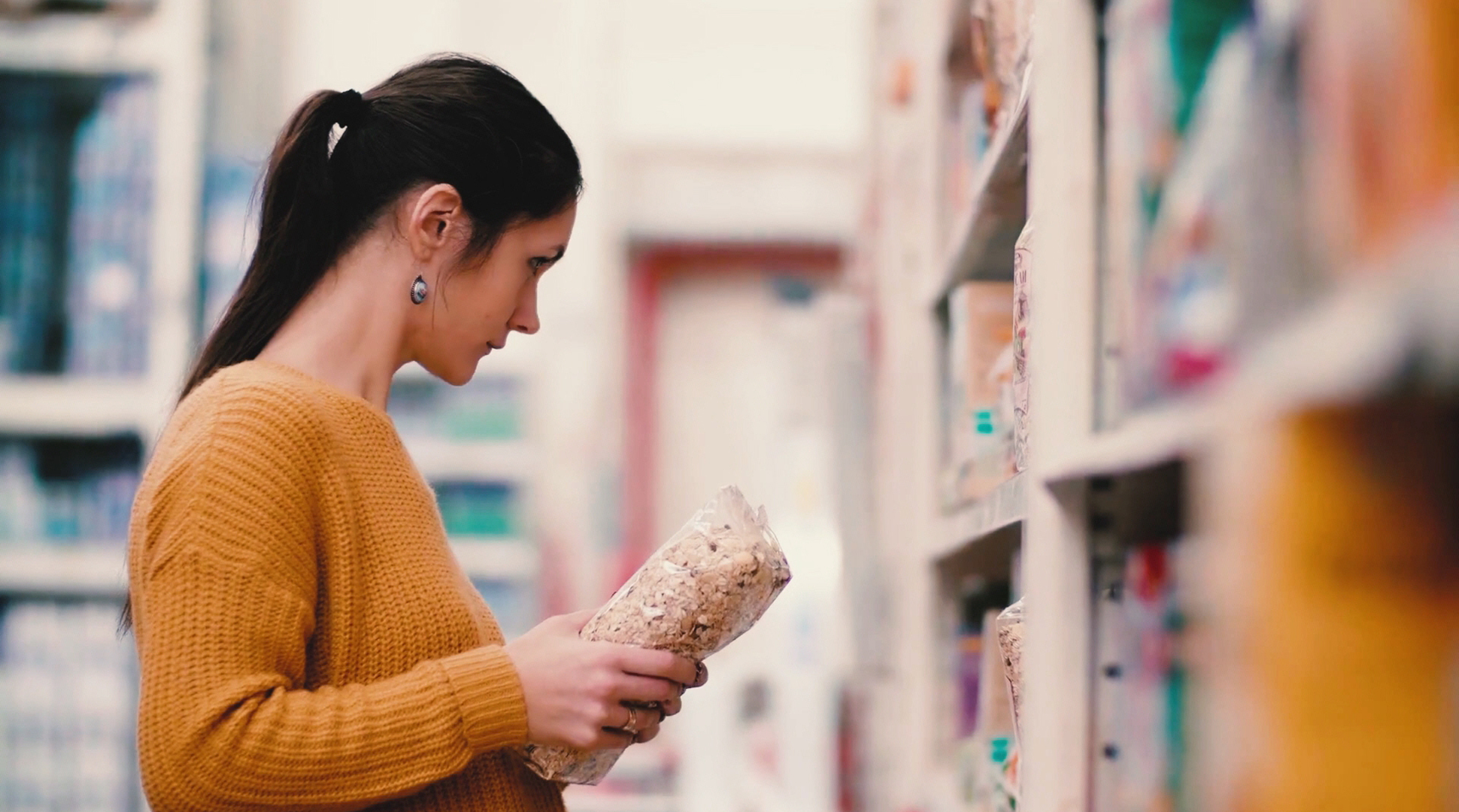By Julie Garden-Robinson, food and nutrition specialist, NDSU Extension
The other day I was grocery shopping for a friend. It was not my usual grocery store, and I was less familiar with the layout.
We all need to eat, and most of us need to purchase groceries regularly. Our buying decisions can be influenced by “supermarket psychology” and marketing strategies.
Large supermarkets may have more than 40,000 items beckoning us with brightly colored packages and special deals. Grocery stores are businesses that need to move along their merchandise.
As I walked into the store, I was attracted to the brightly colored flowering plants. This special touch made me stop and admire the plants.
I almost picked up a plant to add to my collection. I realized that a plant would freeze in my car before I returned home.
Grocery stores want us to linger and feel at home. If music is playing in the store where you shop, it often is “calming” music not fast-paced dance music.
I was on a mission with a grocery list in hand, so I kept pushing my cart.
By the way, carts were invented in the late 1930s. Initially, wire baskets were used to assist patrons in carrying their groceries. Today’s large grocery carts entice us to fill them.
If you just need a couple items, you are better off using a plastic basket instead of a cart.
When picking up milk or eggs, in many stores you will need to walk through the entire store to reach the dairy products. Milk deliveries may arrive at the back of the store. Having dairy products in the back of the store also promotes your interactions with food.
By the way, did you ever notice that some of the favorite cookie brands often have a display close to the milk? When my kids shopped with me, I often had a package of cookies added to my cart after picking up milk.
Some stores place the deli and bakery close to the entrance. That placement can alter our dinner plans quickly. You might pick up a roasted chicken and a cake.
Remember that you pay for the convenience of buying time-saving prepared foods.
I stopped in the produce aisle. The vegetable mister sprinkled water on the lettuce as I reached for some carrots. Misting makes vegetable look fresh and enhances their color.
We want colorful, fresh veggies, of course. However, getting vegetables wet can hasten spoilage if we were to follow this technique at home.
As I wheeled my cart to the cereal aisle, I remembered the “pester power” of my kids asking for cereal with a character on the front of the box.
You will note that “kid cereals” often are at kids’ eye level for a reason. Children can influence the purchases of their sometimes-tired parents.
I noticed a pallet of food in the center of an aisle with multi-package boxes of macaroni and cheese. It had a big sign that said “truckload sale.” I’m really not sure if the prices were lower, but the sign said “sale.”
The items were not on my list, so I resisted buying.
I also noted several examples of sales with limits. Yogurt was on my list, and my friend wanted eight containers, but I bought 10. The sign said “Buy 10 for $10.” Could I have purchased eight for $8 or 100 for $100?
I think they got me on that one. The sign did not say “Must buy 10.”
No one was giving out free food samples that day. People are enticed to buy items after tasting them. We might feel that we owe the store for the free food.
I think my jaw dropped at the final price tag. Groceries have increased in price for many reasons, including transportation issues and available supplies.
If you are keeping tabs on your grocery bill, remember these supermarket strategies.
- Prepare a grocery list in advance.
- Compare prices using the unit prices on the grocery store shelving; however, remember that larger packages may not be a better deal if you throw away the product.
- Consider generic or store brands instead of name brands. They might cost less.
- Pay attention to the prices at the checkout stand. Be sure you are receiving the sale price.
- See ag.ndsu.edu/food and click on “food preparation” to see a wide range of materials.
Julie Garden-Robinson, Ph.D., R.D., L.R.D., is a North Dakota State University Extension food and nutrition specialist and professor in the Department of Health, Nutrition and Exercise Sciences. Follow her on Twitter @jgardenrobinson)
